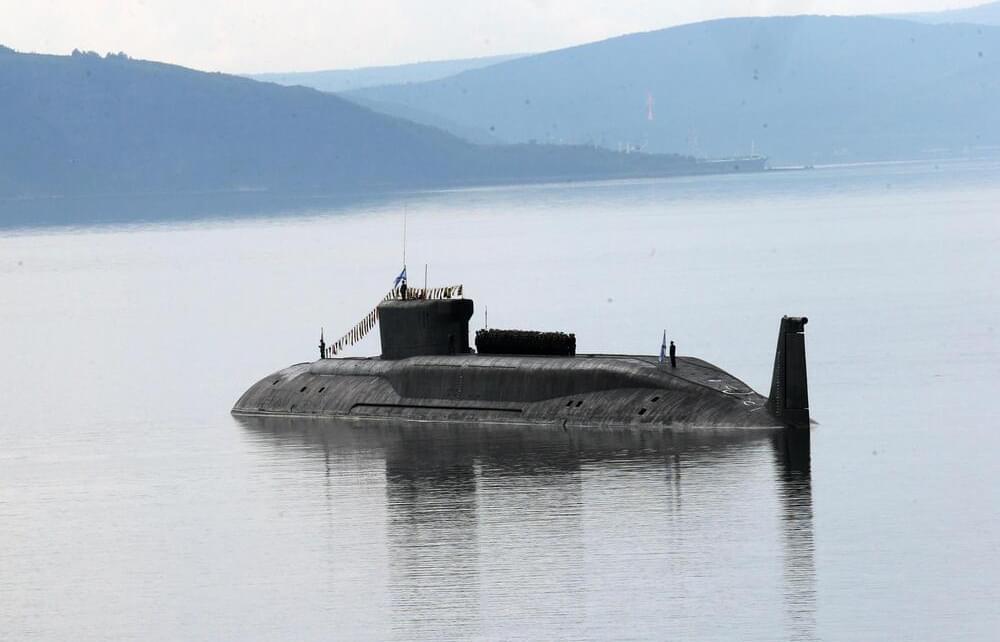More than 60 scientists work to convert research into practical applications too.
The government of China has provided funding to set up a leading laboratory to study brain-machine interfaces, much like Elon Musk’s Neuralink has been working on. The recently inaugurated Sixth Haihe Laboratory in the northeast port city of Tianjin to “drive innovation and create new areas for economic growth”, the South China Morning Post.
Chinese lab to work on brain-machine interfaces
Apart from Neuralink, research institutes in the U.S., such as the University of California, Berkeley, and the Massachusetts Institute of Technology, have led the development of technology in brain-machine interface for many years.
As it has done, with technologies such as hypersonic missiles, China is looking to break U.S. dominance by building a solid research foundation for developing intellectual capability in the area of brain-machine interface as well.







